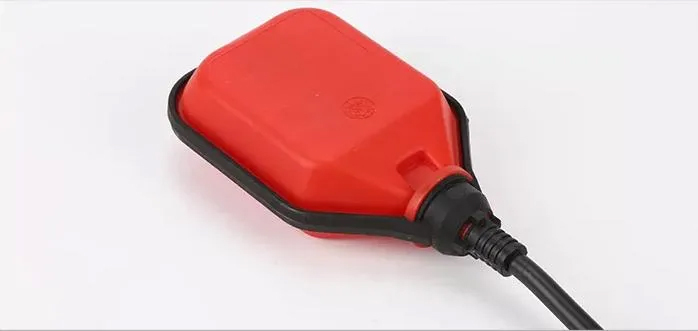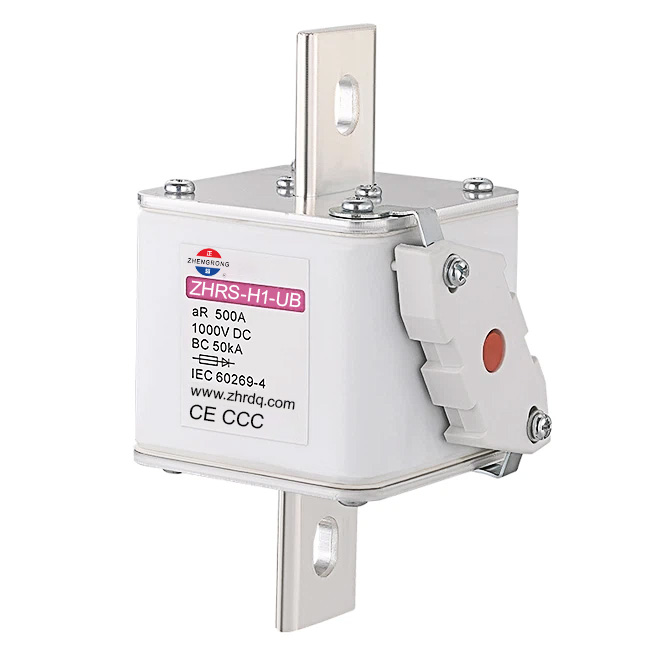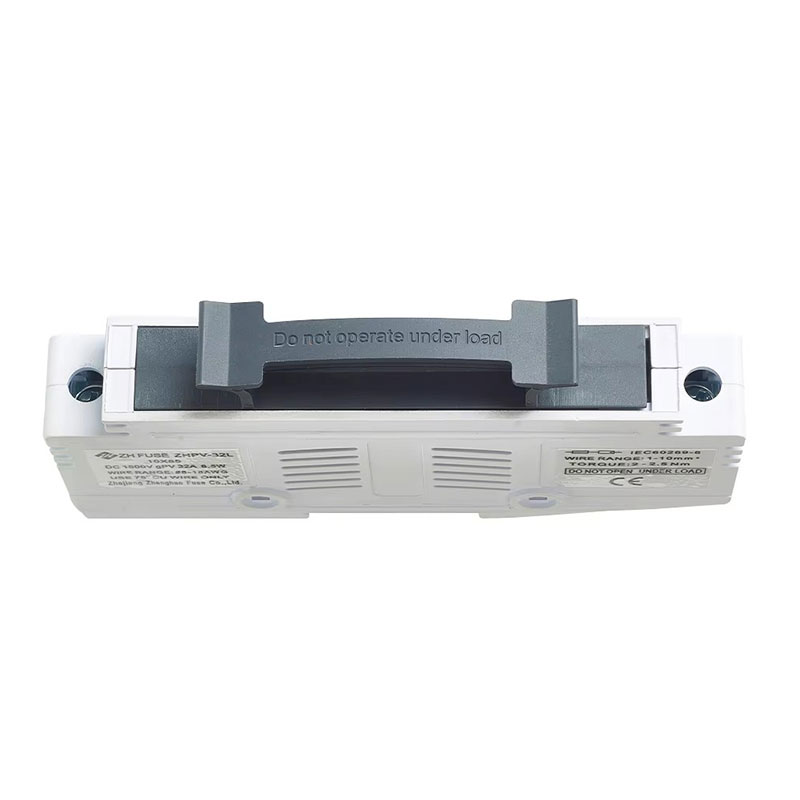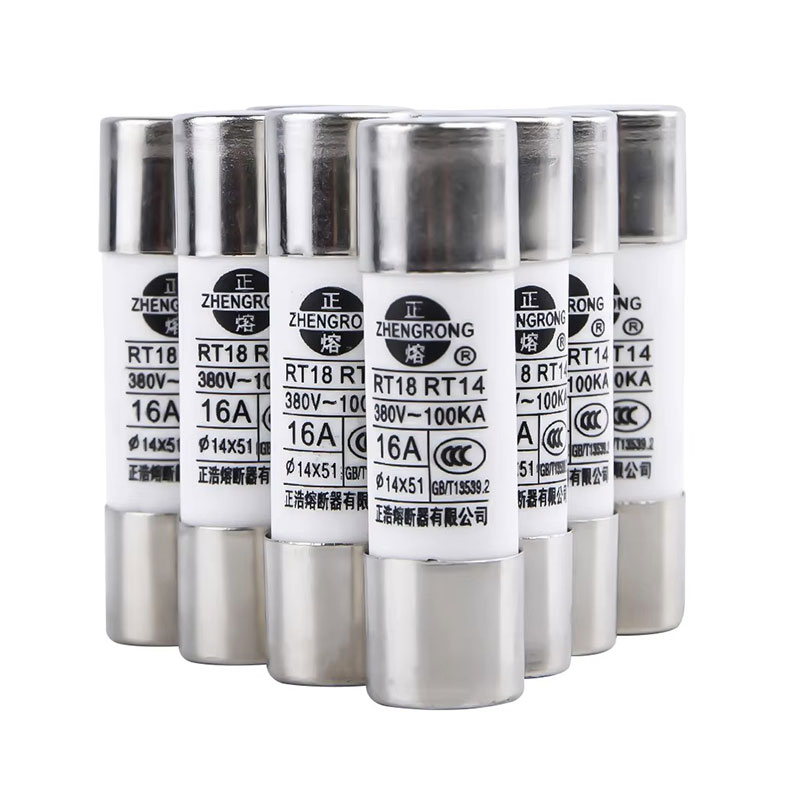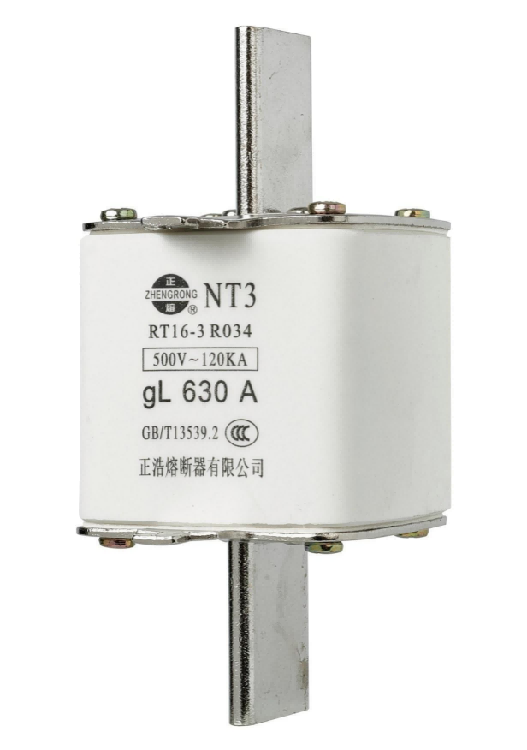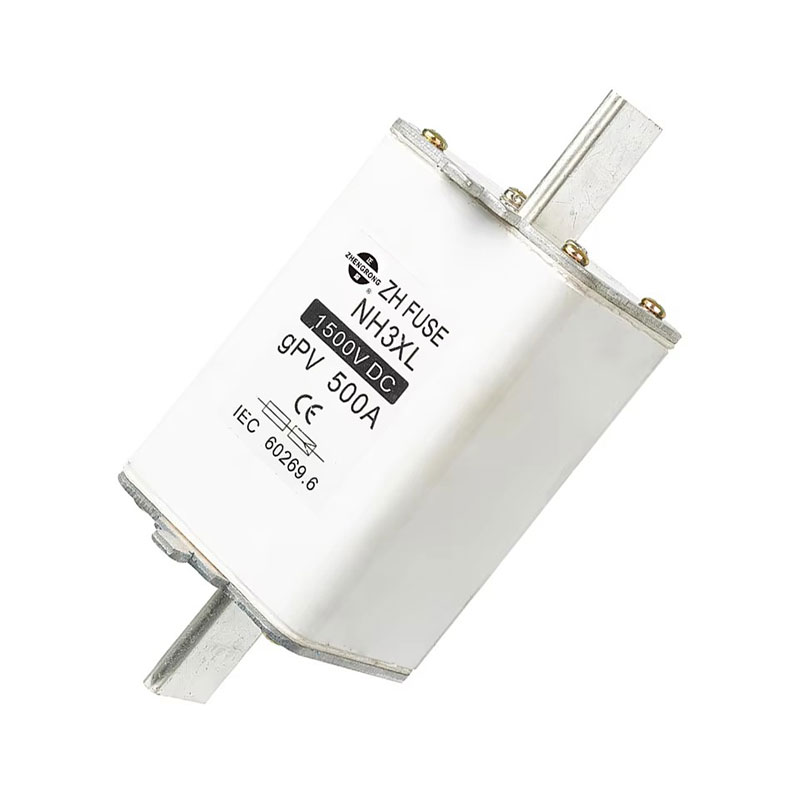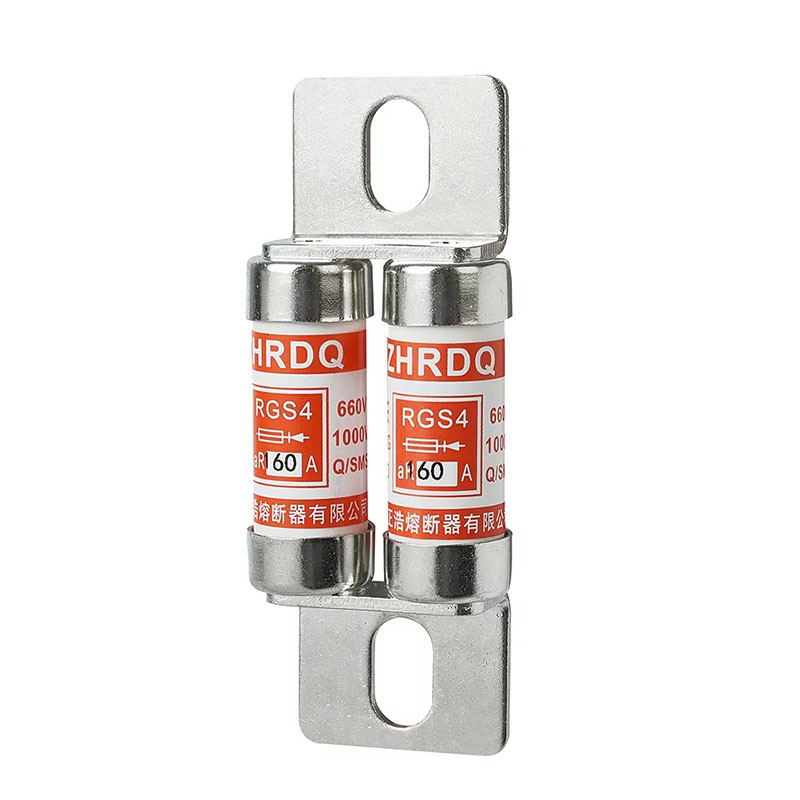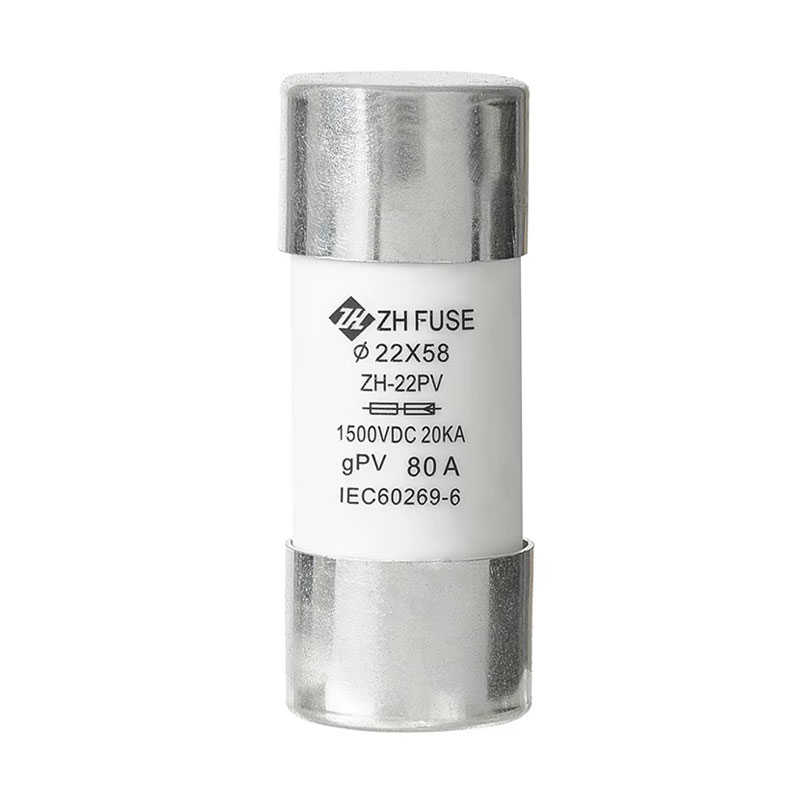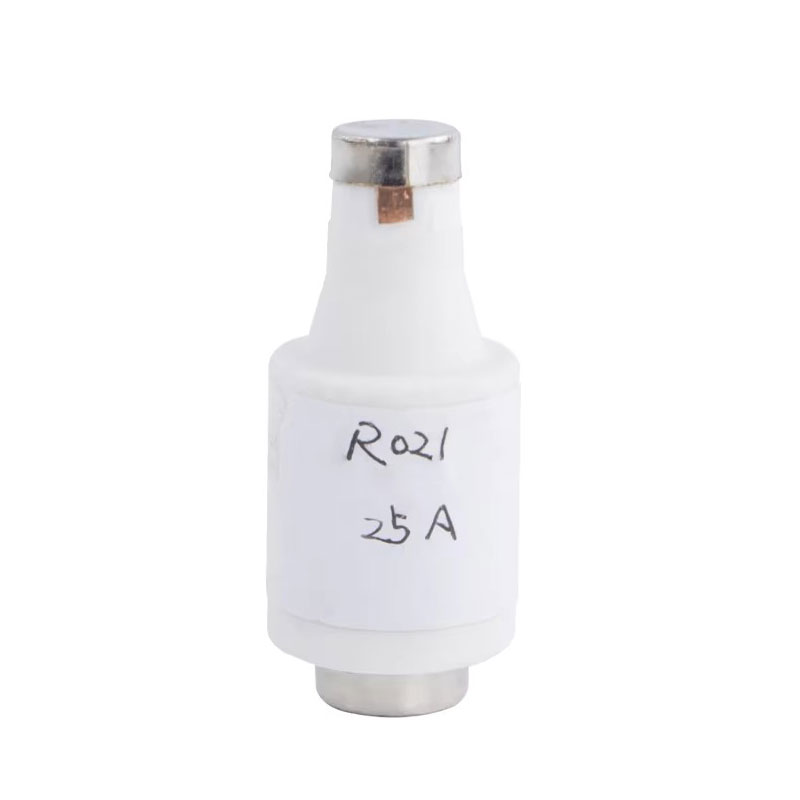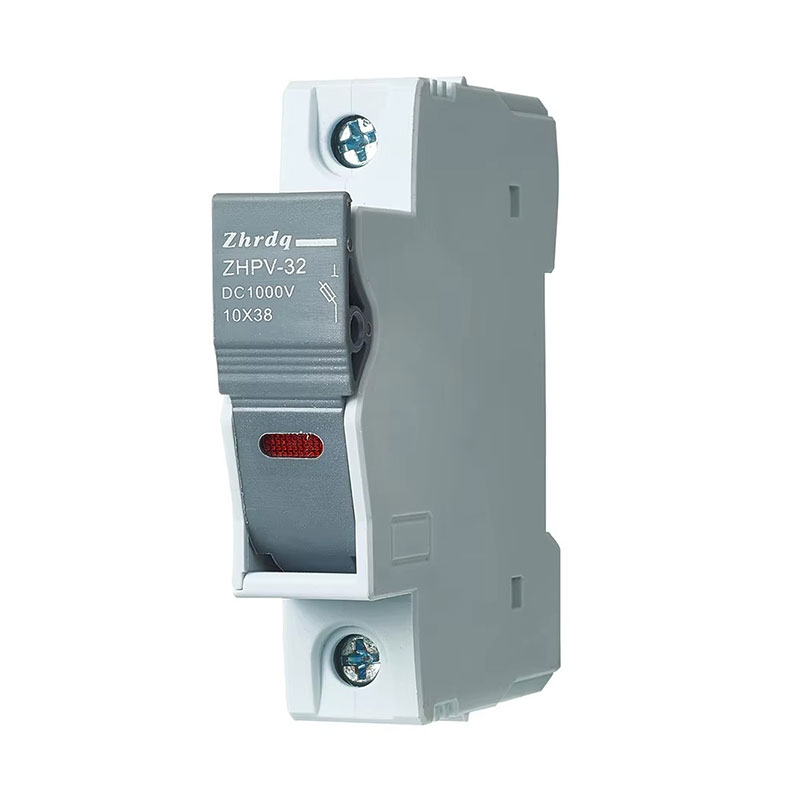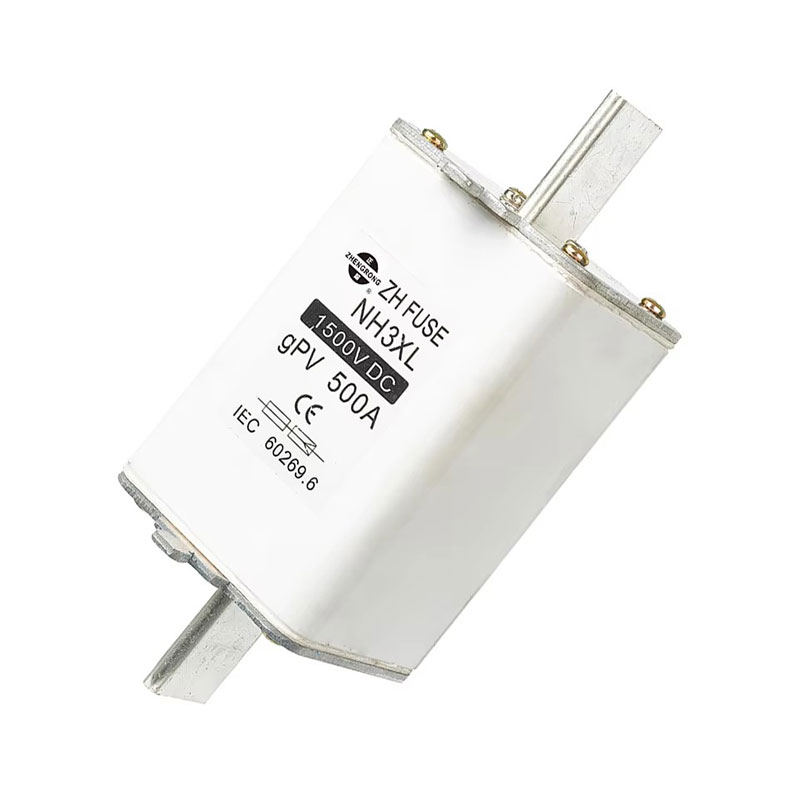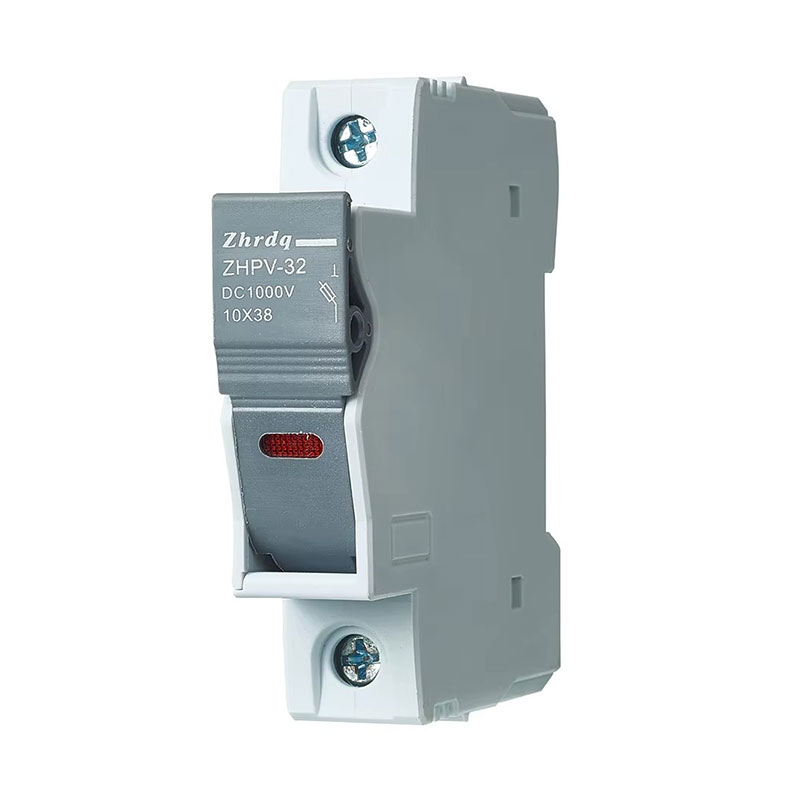What Makes Float Switches the Key to Smarter and Safer Liquid Level Control in Modern Industries?
A Float Switch is a liquid level sensor designed to detect the level of fluid within a tank or container. It operates by using a buoyant float that rises and falls with the liquid level, triggering an electrical signal when a specific threshold is reached. This simple yet highly effective device serves as a cornerstone of automation and safety in various applications, including water treatment, chemical processing, oil management, and household appliances.
In industrial operations, liquid level control is vital for preventing equipment damage, maintaining process accuracy, and ensuring safety compliance. Float switches are designed to perform these functions automatically, reducing the need for manual supervision. They are capable of activating pumps, alarms, or valves depending on the liquid level, helping maintain a balanced and efficient system.
Float switches come in different designs such as vertical, horizontal, and cable types, each serving a unique operational environment. Their versatility, low maintenance requirements, and compatibility with various liquids—whether corrosive chemicals or potable water—make them an indispensable component across multiple sectors.
In essence, the importance of float switches lies in their reliability and adaptability. They ensure that tanks neither overflow nor run dry, maintaining optimal performance and prolonging equipment life.
How Does a Float Switch Work and What Are Its Core Technical Specifications?
A float switch works based on the principle of buoyancy. The float, made of durable materials like polypropylene or stainless steel, contains a magnetic element that moves vertically with the liquid surface. Inside the housing, a reed switch is strategically positioned. When the magnet in the float reaches the level of the reed switch, it either opens or closes the electrical circuit, sending a signal that indicates the liquid level. This signal can then trigger an external control system—such as a pump or valve—to take action.
Below is a detailed technical parameter table of an industrial-grade Float Switch designed for durability and precision:
| Parameter | Specification |
|---|---|
| Material Options | Polypropylene (PP), PVC, Stainless Steel (SS304/SS316) |
| Float Type | Vertical / Horizontal / Cable |
| Operating Temperature | -10°C to +120°C |
| Contact Rating | 50W max (Reed switch) |
| Switching Voltage | 110V AC / 220V AC / 24V DC |
| Max Pressure | Up to 10 bar |
| Cable Length | 1m–10m (customizable) |
| Float Diameter | 28mm–90mm (depending on model) |
| Mounting Thread Size | M10, M12, M16, or custom threads |
| Ingress Protection | IP65 / IP67 / IP68 (based on design) |
| Output Type | Normally Open (NO), Normally Closed (NC), or Both |
| Applications | Water tank, oil tank, sump pit, chemical container |
This combination of versatility and technical precision allows float switches to function effectively across industries, from HVAC systems to marine engineering.
The technology’s simplicity ensures long-term stability, while advancements in magnetic reed technology and sensor housing materials have made modern float switches more resistant to corrosion, temperature changes, and pressure variations. These improvements significantly reduce the chances of false triggering or mechanical wear, ensuring consistent reliability even in harsh environments.
Why Are Float Switches Gaining Popularity in Industrial Automation and What Future Trends Are Emerging?
The growing emphasis on automation, sustainability, and operational safety is driving the global demand for float switches. In water management systems, industries increasingly rely on smart monitoring to reduce waste and improve efficiency. Float switches play a pivotal role in achieving these goals due to their cost-effectiveness and simplicity.
Key Advantages of Float Switches in Modern Systems:
-
High Reliability: Mechanical simplicity minimizes failure points.
-
Low Maintenance: No need for calibration or complex servicing.
-
Cost-Effective: Affordable compared to other level sensing technologies.
-
Versatile Applications: Suitable for clean, dirty, or corrosive liquids.
-
Energy Efficiency: Helps prevent unnecessary pump cycles and wastage.
-
Safety Assurance: Prevents overflows and dry-run damage in pumps.
Emerging Trends in Float Switch Technology:
-
Integration with IoT and Smart Systems:
Modern float switches are being paired with digital controllers and cloud-based monitoring platforms. This allows real-time data tracking and predictive maintenance, helping industries identify level-related issues before they cause downtime. -
Use of Advanced Materials:
Manufacturers are developing chemical-resistant polymers and marine-grade stainless steels to extend lifespan in aggressive environments such as chemical plants or wastewater treatment facilities. -
Miniaturization and Compact Design:
The latest designs cater to compact systems like home appliances and portable tanks, maintaining sensitivity without sacrificing durability. -
Environmentally Friendly Designs:
With stricter global environmental regulations, many float switches now use recyclable materials and energy-efficient designs to align with green manufacturing goals.
These trends underscore a future where float switches will not only serve as mechanical devices but also as smart components integrated into digital ecosystems for comprehensive liquid management.
Common Questions About Float Switches: Answered Clearly and Professionally
Q1: What is the difference between Normally Open (NO) and Normally Closed (NC) float switches?
A1: A Normally Open (NO) float switch completes the circuit (turns ON) when the float rises to a specific liquid level, while a Normally Closed (NC) switch breaks the circuit (turns OFF) at that point. The choice between NO and NC depends on whether the system needs to activate or deactivate equipment (such as a pump) when the liquid reaches the trigger level.
Q2: Can a Float Switch be used for both water and oil applications?
A2: Yes. Most industrial float switches are designed for multiple liquid types. However, the material selection is crucial. For water-based systems, polypropylene or PVC is ideal; for oil or chemical environments, stainless steel or specialized engineering plastics offer better resistance to corrosion and high temperatures. Custom coatings and cable insulation can further enhance compatibility with aggressive fluids.
How to Choose the Right Float Switch for Your System
Selecting the correct float switch depends on several factors:
-
Liquid Type: Determine whether the medium is water, oil, or chemical.
-
Tank Dimensions: The float must move freely without obstruction.
-
Mounting Orientation: Choose between vertical, horizontal, or cable-mounted options.
-
Switch Functionality: Decide if the system requires NO, NC, or dual-function output.
-
Environmental Conditions: Consider temperature, pressure, and chemical exposure levels.
-
Control Requirements: Evaluate whether integration with digital monitoring systems is needed.
When properly selected and installed, a float switch can provide years of maintenance-free service, improving both safety and operational efficiency.
The Future of Liquid Level Control and the Role of Zhenghao
As industries continue to pursue automation and sustainability, Float Switch technology will evolve into a smarter, more connected component of the industrial ecosystem. Its future lies in combining traditional mechanical reliability with digital intelligence, enabling precise, real-time liquid level management without compromising on durability or cost efficiency.
Zhenghao stands at the forefront of this transformation, offering high-quality Float Switches engineered to meet global standards for performance, safety, and longevity. With advanced manufacturing processes, strict quality control, and a commitment to innovation, Zhenghao ensures that every Float Switch delivers precise monitoring and dependable control in any environment—from domestic water systems to complex industrial networks.
For those seeking reliable, efficient, and customizable liquid level control solutions, contact us to learn how our Float Switches can optimize your system performance and safety standards.
- Why Your Solar Array's Safety Hinges on Choosing the Right Photovoltaic DC Fuse
- How Does a Cylindrical Fuse Protect Electrical Systems?
- Why Cylindrical Fuses Are the Core of Modern Electrical Protection Systems?
- Why Choose a Screw Type Fuse Over Other Fuse Types
- Constantly having circuit protection issues?
- What is Solar Connector?


